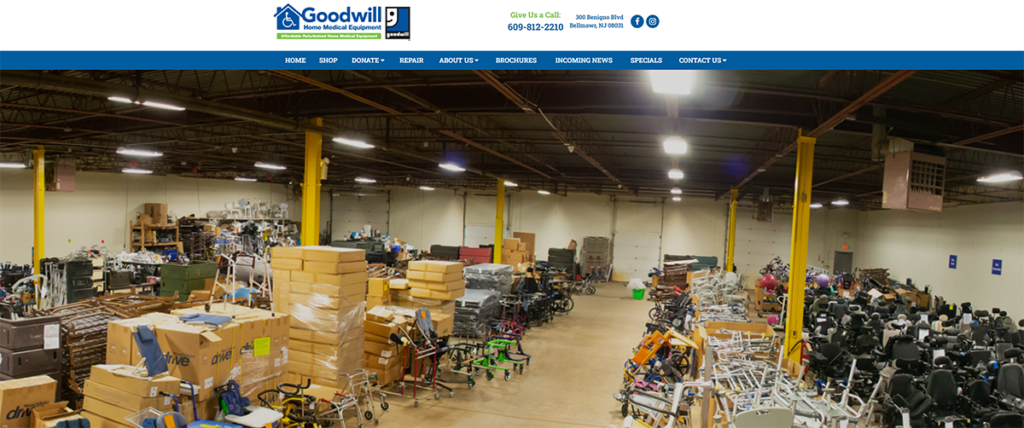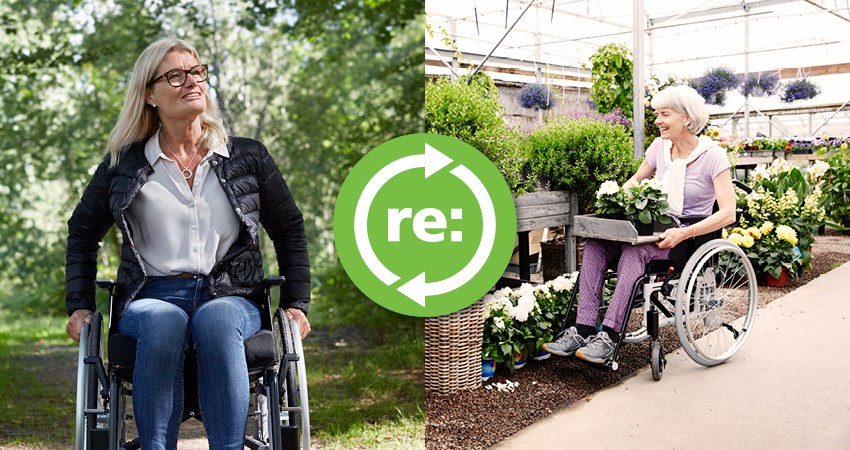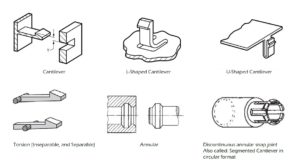I had the experience last year of trying to find a home for a lightly used power wheelchair – and it was surprisingly difficult though it was nearly new it was difficult to find a suitable user for it. It had all the most advanced features and the seating system was the most standard.

Goodwill Medical Equipment was more than willing to take it off our hands and resell it with the other similar chairs in their warehouse in NJ for $5,000+. There are websites and Facebook groups and other resources for trading and donating DME, but often this hardware has to be purchased because insurance will not pay for it or will pay very little for it and the user wants more than the extremely basic offering of the manufacturers.

Etac has begun a program for circular lifecycle of this type in the Netherlands, but I have yet to see any providers offering anything here in the US.
On the plus side, the manufacturer would be able to harvest data on use and part damage from the collected hardware. Where does wear occur? Where are failures happening long term?
On the con side, wheelchairs often become pretty worn just with regular use. I am extremely hard on my wheelchairs and I don’t play sports or do anything radical – I just walk my dog on the rough ‘sidewalks’ of Philadelphia. I would worry that the lifespan of a used chair might not be the same as that of a new one. I know in my case the clearances that may have been necessary for my casters to operate properly was reduced shortly after I began using it on daily trips. Fitting the used frame with new parts may be a challenging experience for the technician doing quality inspection and refitting it for future use.


